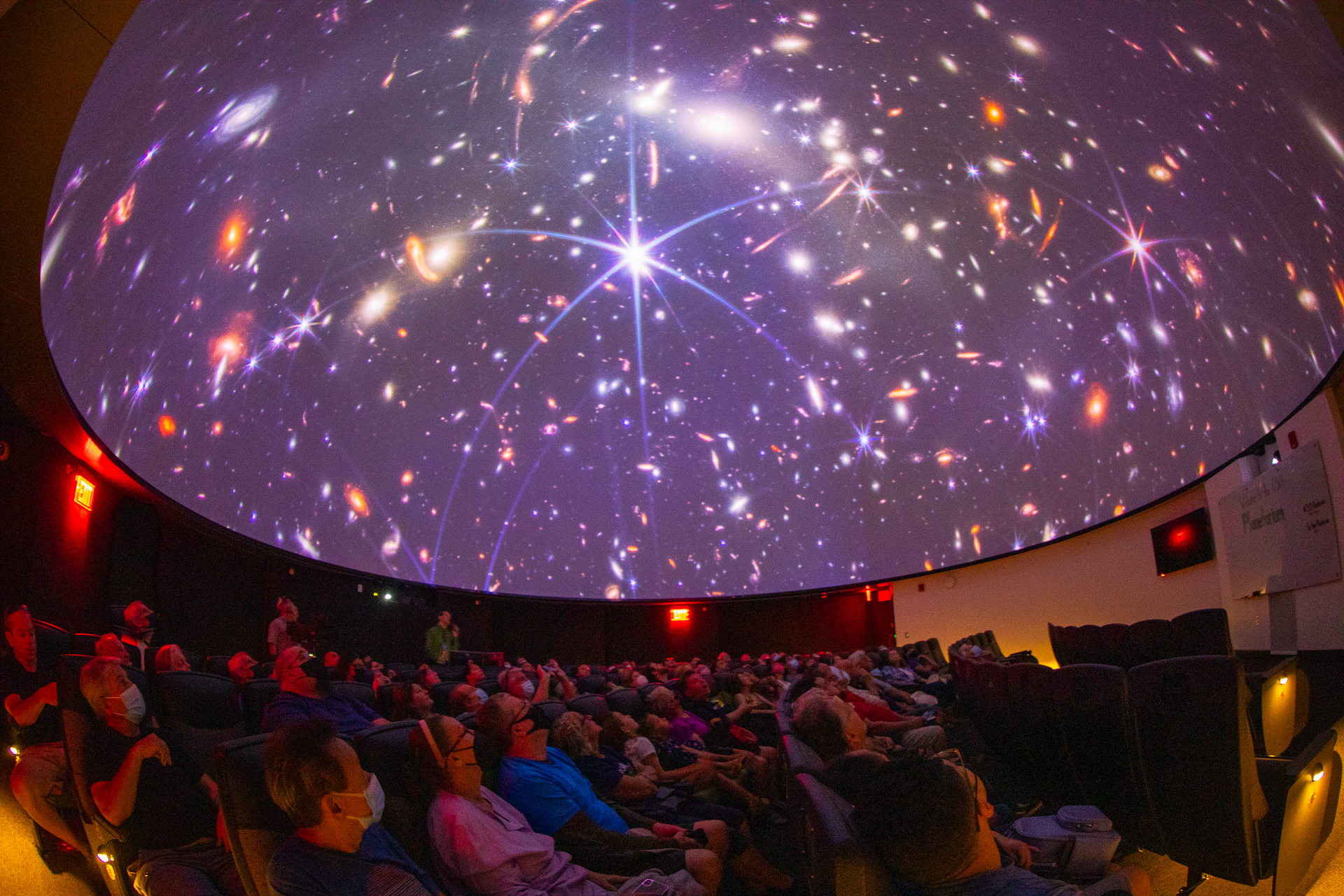Story Content
Professor's documentary takes a deep dive into scientific research

June 15, 2023
The wind whips as the camera pans over a desolate and icy landscape. Heavy scientific equipment clinks and clangs as a massive hauler-on-skis pulls it across the frame. A radio plays music as the driver, seen in close-up, makes his way toward a remote outpost 400 miles from the South Pole.
This combination of the grand, the gritty, and the intimate is seen throughout The Lake at the Bottom of the World, Associate Professor of Communication Studies Kathy Kasic's documentary about a 2018-19 research expedition to explore a lake buried beneath 3,600 feet of Antarctic ice.
The film, which has received several commendations and film festival screenings, in late February had wide release on streaming platforms, including Amazon Prime, Google Play, iTunes, and Vudu.
Kasic – who spent six weeks in Antarctica, including three camping on the ice, collecting footage – said the goal was always for the film to reach as many people as possible.
"We really want people to see how science can be done, and to be able to understand the process of science, especially in terms of a large-scale research project like this," Kasic said. "As a film professor and former biologist, I also hope that it helps inspire students to explore science as a field, or science filmmaking."
Funded through the National Science Foundation, the Subglacial Antarctic Lakes Scientific Access Project (SALSA) sent a team of 50 scientists, drillers, and support staff to a remote field camp to bore through thousands of feet of ice and collect samples from Mercer Subglacial Lake.
"We really want people to see how science can be done, and to be able to understand the process of science, especially in terms of a large-scale research project like this. As a film professor and former biologist, I also hope that it helps inspire students to explore science as a field, or science filmmaking." -- Kathy Kasic, associate professor of Communication Studies
The research has profound implications for understanding how life developed on earth, how it can potentially exist in extreme environments on other planets, and the impacts of climate change.
As the researchers worked, Kasic and her film crew captured it all. She set out to not only highlight the hard science, but also build an emotional connection with the scientists, all while making the audience feel as if they are right there on the ice with them.
That means that alongside expository interviews with the scientists or the camera's claustrophobic descent into the ice, the film also includes smaller, intimate moments, such as a surprise birthday party and a Christmas carol sung, via radio, to everyone else stationed on the continent on Dec. 25.
In blending the intimate and the intellectual, Kasic said she hopes to foster a greater understanding of what is possible when people work together to use science to solve big challenges.
"Just to get a few answers, it can take a lot of effort and a lot of collaboration," she said. "It's not really about the individual anymore. It really is about all of us coming together to try and figure out how we're going to move into the future."


